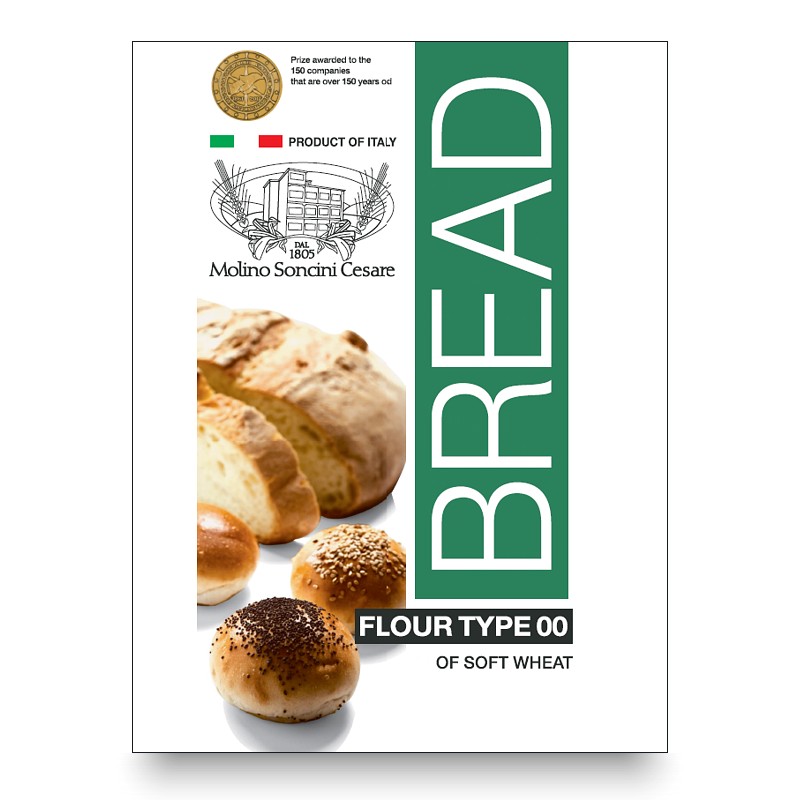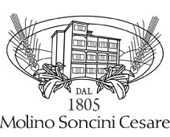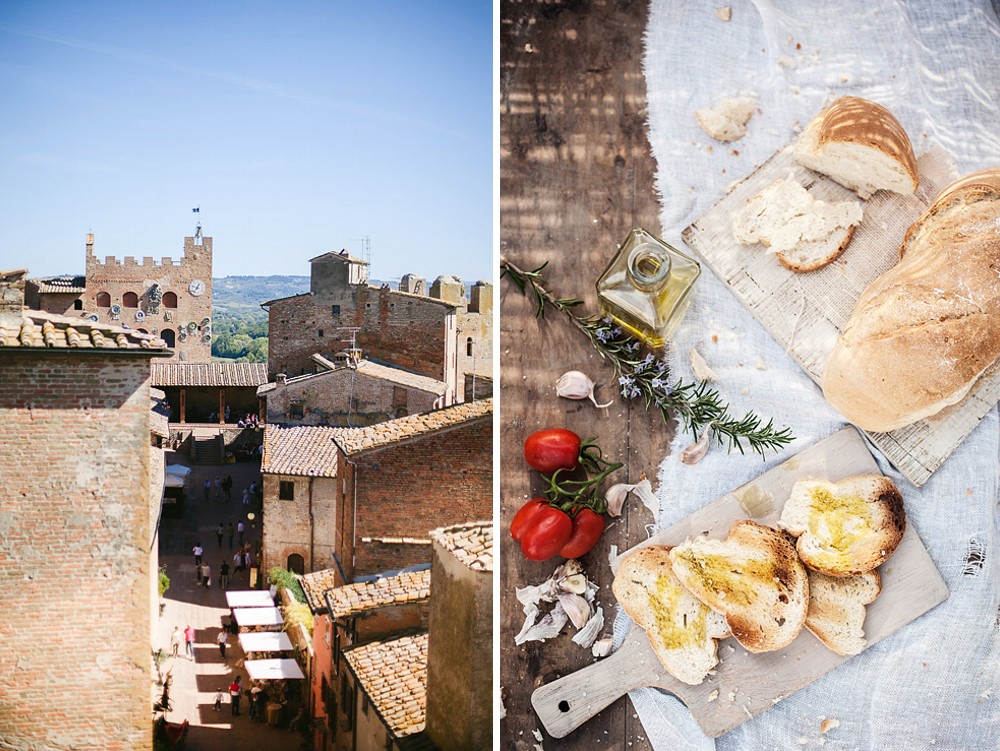This bread is one of the most typical products of the Tuscany region, characterised by the absence of salt in the list of ingredients. Apparently, this tradition dates back to the 13th century, during a war between the cities of Florence and Pisa, when the forces of Pisa blocked the transport of salt. Its crust is shaded in colour, and crispy, its crumbs are compact, and the bread is crumbly with a light flavour and an unmistakable smell. Tuscan bread is perfect for cooking in wood ovens, and goes well with salame, freshly pressed olive oil, garlic, and seasonal vegetables. It is excellent for preparing “fettunta” or “panunto”: it is the classic form of bruschetta, originally a dish for poor farmers, that developed its place in Italian cuisine as a nutritious snack for those who worked in the fields, or as a toasted bread seasoned with oil, salt and garlic.


